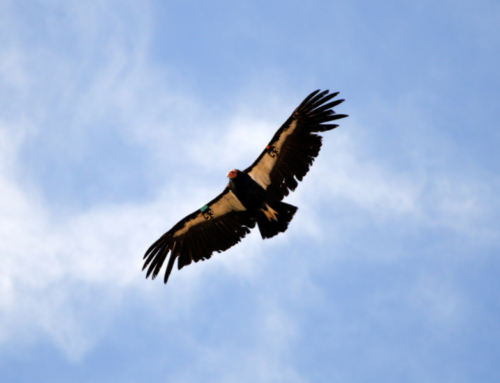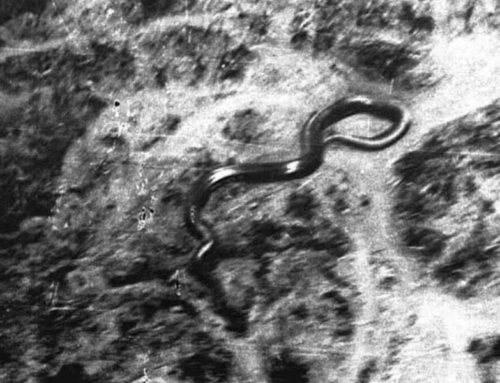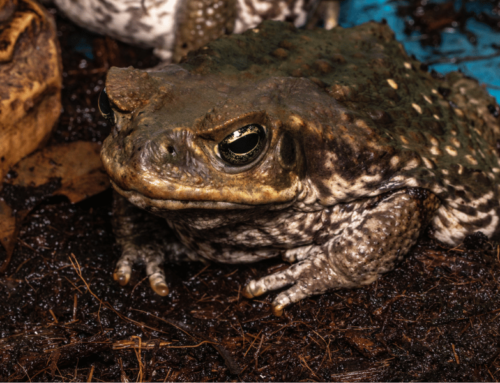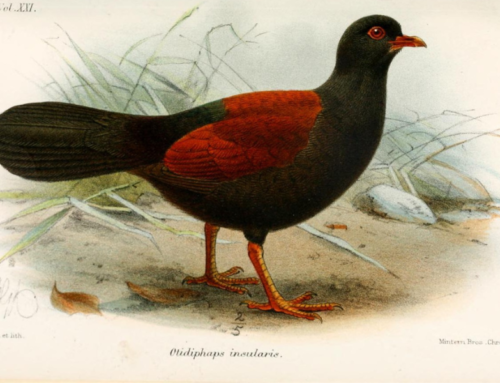
The story of the whooping crane is one of both tragedy and hope. Its habitat was largely destroyed, and they were hunted to the point of near extinction. In the forties, their numbers dropped below 25 in total. Many expected the bird to disappear forever.
Now, it appears that the Whooping Crane is making a real comeback. Their numbers are on the rise.
This article is all about the future of the whooping crane in North America.
Whooping Crane Conservation
Description:
The whooping crane, like other crane species like its North American cousin, the sandhill crane, is tall with long legs and a long neck. They are mostly white, with a red crown and black around their bill. In flight, you can see their black wing tips.
The whooping crane is North America’s tallest bird and is among the heaviest as well. It’s bigger than other crane species on the continent like the Sandhill Crane. In height they can reach up to 5 feet
Whooping cranes are omnivorous. They find food such as fish, frogs, plants and crustaceans by wading through shallow waters. Compared to other cranes they lean more towards being carnivorous than others.
Whooping cranes get their name from the sound of their calls. The following video shows an adult whooping crane calling:
For mating, the whooping crane is monogamous. Once finding their partner, they will mate for life.
Decline:
Before the arrival of European settlers, the whooping cranes numbered over ten thousand. Some estimates put them closer to 20 thousand.
Like many of birds that have gone extinct, the uncontrolled hunting and destruction of their habitat lead to their declining numbers. By the 1940s they numbered less than 30 individuals.
When it became clear that extinction was on the horizon for North America’s tallest bird, conservationists stepped in.
Conservation Efforts:
Efforts for captive breeding and habitat protection began after the all-time low for the crane in the 1940s. These efforts initially showed little success. The population increased by only 25 or so individuals during the first few decades of these conservation attempts.
Over time, their efforts would pay off and by the 1970s their numbers crept up to around 60.
The conservation of this crane also included teaching the birds to migrate. Using small aircraft, young whooping cranes were taught to migrate from the south to Wisconsin. This migratory behavior continues to this day.
By 2015, their numbers jumped up to the hundreds. These numbers have climbed year after year since then.

The Whooping Crane Today:
There are currently four populations of whooping crane in the wild. These birds have descended from an original migrating population in Texas. There are two non-migrating populations in Florida and Louisiana along with two populations that migrate to Canada and Wisconsin before wintering in the South.
Currently, their numbers are around 800, including captive individuals. This is of course, a much more stable number than the 20 or so that were present during the 1940s. However, it’s still a far cry from the over 10 thousand who were present originally.
Illegal hunting of the whooping crane unfortunately still persists. Thankfully, many of these illegal hunters have been caught and prosecuted.
The Future:
The Whooping Crane’s numbers have been rising from year to year. Unfortunately, they are still considered an endangered species, with their current numbers still not reaching levels to be removed from the endangered species list.
It might not be possible for whooping crane to return to the previous numbers of over 10 thousand. However, getting them to numbers where they can be de-listed from the endangered species list seems reasonable and attainable.
Organizations like the Whooping Crane Conservation Association are still working every day to protect these birds.
The whooping crane has come a long way. From the brink of extinction, to now being in striking distance of 1000 birds. However, to ensure the whooping crane makes the decisive comeback that it deserves, the conservation efforts need to continue.
What You Can Do:
To continue the progress that has been made, consider supporting conservation groups. There are many legitimate conservation groups like the American Bird Conservancy and the International Crane Foundation. These groups take donations and will use that money to uphold habitat protection and laws outlawing the hunting of these cranes. There are lots of other organizations that protect whooping cranes as well. If you’re looking to take things further, you can also work for these organizations.
Remember, without these people and their efforts, the whooping crane would be in the pantheon of extinct North American birds with the Carolina parakeet and passenger pigeon.





